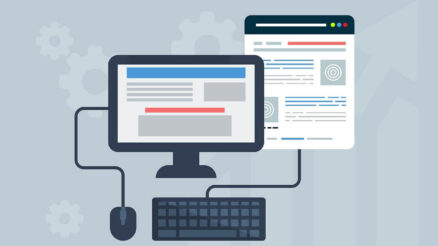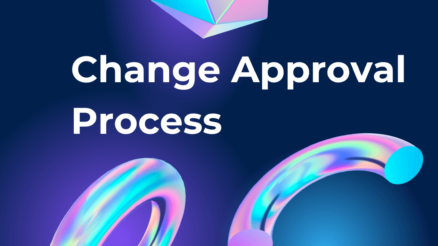What is Bridges Transition Model?
William Bridges was an organizational change management consultant from the US and he wrote a book in 1999 titled Managing Transitions. In his book he presented a model commonly known as Bridges Transition Model which explains organisational transition.
Based on human psychology, William Bridges identified three stages of transition people have to go through as they experience change at work place or organization. These transitions are about how people move from the past and gradually start accepting the new situation. Therefore, if employees and management have understanding of these transitions and respond to these by effective strategy, then it is likely that transition will be smooth and quicker.
Difference between Change and Transition
Through this model, we will be able to differentiate between change and transition. Bridges Transition Model emphasizes on transition and not on change. The former is a slow process and it happens when people internalise new situation, knowledge or skill. Unlike transition, change is quicker and it happens when people even do not agree with it.
The three stages are namely ending phase neutral zone and new beginning. Let’s examine these three stages and how people are managed who experience these transitional stages.
Ending Phase
Transition kicks off by losing and ending something. When people are first exposed to change then it generates strong feeling that they might be losing their jobs. They start assessing that what they will lose in this process of change and what they keep with them. This is the time of immense emotional shock and people experience anxiety, loneliness, sadness, frustration, resistance and sometimes depression.
How to manage this stage
Change leaders can manage employees who are under this stage by showing empathy toward emotions of employees and effective and timely communicating the purpose and extent of change. They should also have a dialogue with employee and discuss advantages of change. They should inform employees that what skill sets organisation needs from its employees in new situation.
Neutral zone
Neutral Zone is like a bridge between the end of old situation and beginning of new situation. In this stage, people tend to learn how to control emotions and contemplate what will be the future. This is the time for them to discover and find new identity. For some people it is easier and quicker stage and some take longer time to move from this stage to the next. In this stage people remain confused and uncertain about the new process, system and relations with other colleagues.
How to manage this stage
Employees need time to settle their emotions. All they need an honest feedback about new realities and changes made at organizational level. Organization can give training to employees on new roles and responsibilities. In addition to this, organisation can organise specific events to boost the morale of employees. Employees need space and chance to experience creativity and encourage new ways of doing work.
New Beginning
It happens when employees embrace change and successfully move into the next stage. This is the stage when employees start working with new zeal and their productivity is increased. They are positive about work and are willing to contribute to change. Likewise, they also start acquiring new skills and knowledge so that they can stay relevant to new change initiatives.
How to manage this stage
This is the time to celebrate and appreciate the hardwork of employee and how successfully they have entered into this change. The lesson learnt from this transition form end to neutral zone to this new beginning must be shared and reflected upon so that the change is sustained in organization. It is also a time to help get other employees who are still struggling to move forward from the previous stage.
Bridges Transition Curve
People are nervous and emotional in the first transition stage which is that of ending or letting go the old way of working. People give importance to it and after short time the curve takes sudden dip and it becomes normal as time goes by. The next stage is neutral zone which is core of this model and it has big space for people to get adjusted to new realities. The third stage starts and people are learning new things, adopting to change so they are excited about the new beginning. That’s why the importance time is bigger in the curve as compared to the first stage. After a certain point the curve moves down and it becomes normal with the passage of time.
Let’s discuss some pros and cons of Bridges Transition Model
Why to use Bridges Transition Model /Advantages of Bridges Transition Model
- This model explains transition experience by employees so it helps to understand how people feel and how they react to changes taking places at organization. In this way, practical solutions can be found for employees who are struggling with change initiatives.
- The model is very optimistic and offers pathway to successful transition from old ways of working to new realities.
Limitations and Disadvantages of Bridges Transition Model
- The scope of this model is narrow because it just focuses on human transition and it does not take into account other factors which are also important to consider to manage organizational change.
- The model is too abstract and it fails to provide with a solid and strategic framework which can be applied to have comprehensive change strategy at organizational level.
Take Home Points:
- William Bridges developed a model which explains human emotional transition from ending phase to neutral zone to new beginning. This three stage model is called Bridges Transition Model.
- Ending Phase is about saying goodbye to old situation or ways of doing thing. It is not easy as it comes with lot of negative emotions.
- Neutral Zone is about learning to control negative emotions and making assessment about what will be the future.
- New Beginning is about accepting change and learning new skills in order to fit into new realities.
- Change leaders and management need to understand the emotional perspective of employees who are going through change and help them to have successful transition from one stage to another.




